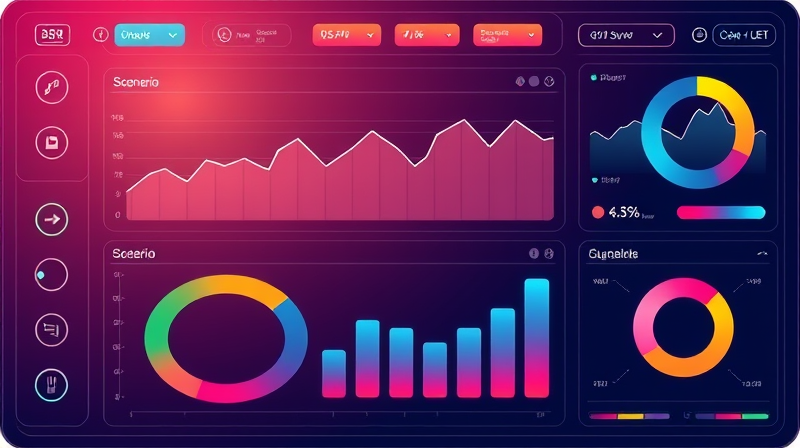
In an era where data is king, the ability to analyze corporate filings has never been more accessible. From startups to blue-chip giants, public companies publish a wealth of information that can be harnessed by anyone willing to look. This article guides you through the landscape of free resources, empowering you with actionable research techniques and a roadmap for confident investment decisions.
Public companies are legally bound to disclose detailed financial and operational information. This transparency is the foundation of fair markets, enabling investors to make informed decisions based on verifiable primary sources rather than speculation or rumor.
By tapping into these disclosures, you can uncover under-the-surface trends and risks long before they appear in mainstream analysis. It shifts the advantage from institutional players back to individual investors who take the time to dig deeper.
Moreover, learning to interpret filings cultivates a disciplined analytical mindset. Instead of relying solely on price charts or analyst opinions, you engage directly with company narratives, management strategies, and the factors driving performance.
Consider the story of Jane, an individual investor who discovered a small-cap technology company by examining its rising free cash flows in successive 10-Q filings. She recognized an undervalued opportunity before the stock received broader coverage, highlighting how data-driven insights outrank rumor.
Several platforms allow you to access a broad range of corporate data without subscription fees. These tools cover filings, historical archives, financial visualizations, and macroeconomic context:
By combining these resources, you build a multi-dimensional view of companies within their broader economic and competitive landscape.
The SEC’s EDGAR (Electronic Data Gathering, Analysis, and Retrieval) system is unparalleled in scope. It houses millions of filings dating back to 2001, making it a gold standard for historical research.
To begin your search, visit the EDGAR homepage and enter a ticker symbol. Use filters like form type (10-K, 8-K), filing date, or keywords to narrow down results quickly. Clicking on the document link opens a detailed view with inline XBRL tagging for numeric data points.
For example, if you want to analyze revenue trends, download the income statement tables in XBRL format. This structured numeric data can be imported into spreadsheets or analysis software, saving hours of manual data entry.
For narrative sections such as the Management Discussion & Analysis (MD&A), use the full-text search function to locate strategic updates, risk disclosures, or margin commentary. This helps you gauge management tone and assess potential red flags.
For power users, the SEC publishes bulk data sets and monthly index files that allow you to download entire batches of filings. By automating these downloads, you can maintain a local repository of documents for back-testing investment strategies or conducting sentiment analysis across hundreds of companies.
Understanding the purpose of each filing type streamlines your research process:
In addition to these, pay attention to proxy statements (DEF 14A) for executive compensation details and related-party transactions. These documents offer insights into corporate governance practices and executive incentives.
While EDGAR is focused on U.S. filings, global investors can leverage other free platforms:
The Mergent Archives provides access to historical filings for companies around the world, making it invaluable for research on international entities and cross-border mergers.
Central banks like the Bank of Canada and Statistics Canada publish free datasets on economic output, interest rates, and inflation, helping you contextualize company performance against macroeconomic cycles.
For a broader reach, some countries maintain their own regulatory databases, such as Companies House in the UK or SEDAR in Canada. Navigating these sites follows a similar pattern: search by ticker or company name, filter by document type, and download the available filings.
Free resources are often sufficient for the majority of retail investors, but professional platforms offer additional depth:
Bloomberg Terminal, FactSet, and S&P Capital IQ provide real-time pricing, consensus analyst estimates, proprietary scores, and access to private company data. However, these benefits come at a high annual cost, often tens of thousands of dollars.
Consider upgrading to paid services only when you require advanced research and analytics features, such as detailed industry reports, custom screening capabilities, or exclusive data feeds not available publicly.
For most individual investors, mastering the suite of free tools delivers a robust research foundation while preserving capital for actual investments rather than subscription fees.
To extract maximum value from free data resources, follow these best practices:
Additionally, develop a research checklist to ensure consistency across company evaluations. Continuously refine your approach as you gain experience, and don’t hesitate to revisit filings when new information emerges.
Access to public company data has never been more democratized. With the right combination of free tools, you hold the same primary information that professional analysts use, unlocking possibilities for data-driven investment strategies and confident decision-making.
Embrace this wealth of information. By cultivating curiosity and discipline in reviewing filings, you transform raw data into actionable insights. Your journey toward informed investing starts with a single search—let it be powered by knowledge rather than cost barriers.
Embark on your research journey today. Whether you are a beginner or a seasoned investor, the knowledge you gain from primary filings acts as a catalyst for building disciplined long-term habits.
References













